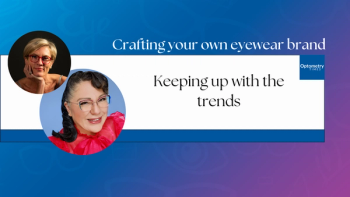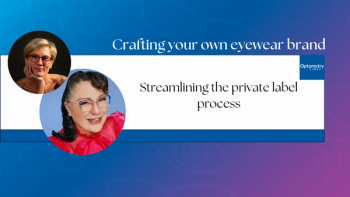
Dr. Sicks' #1 tip for managing dry eye
Lindsay A. Sicks, OD, FAAO, shares her number 1 tip for managing dry eye.
Lindsay A. Sicks, OD, FAAO, associate professor of optimetry at Illinois College of Optometry, shares her number one tip for the management of
This transcript has been lightly edited for clarity:
So I really think it's important when we're managing dry eye to realize that we don't have to necessarily have all of the fancy tools in our toolbox. So if you don't have things like tear osmolarity, or inflammadry, you can still manage dry eye by using your normal exam [tools] that you're already using.
You can incorporate a history tool to determine the patient's level of symptoms, and then you can do a lid and lash assessment, avert the upper and lower lid, make sure there's no comorbid allergy going on, and then do a really good assessment of ocular staining with vital dyes. And that can really get you a long way toward determining the patient's dry eye etiology, as well as get them started on treatment.
So you don't have to have all the fancy tools. They're helpful, they're nice to have, it helps with managing progression, but just to get started in your office, if you don't have that, just do something because we really need to help improve these patients' symptoms.
Newsletter
Want more insights like this? Subscribe to Optometry Times and get clinical pearls and practice tips delivered straight to your inbox.













































.png)


